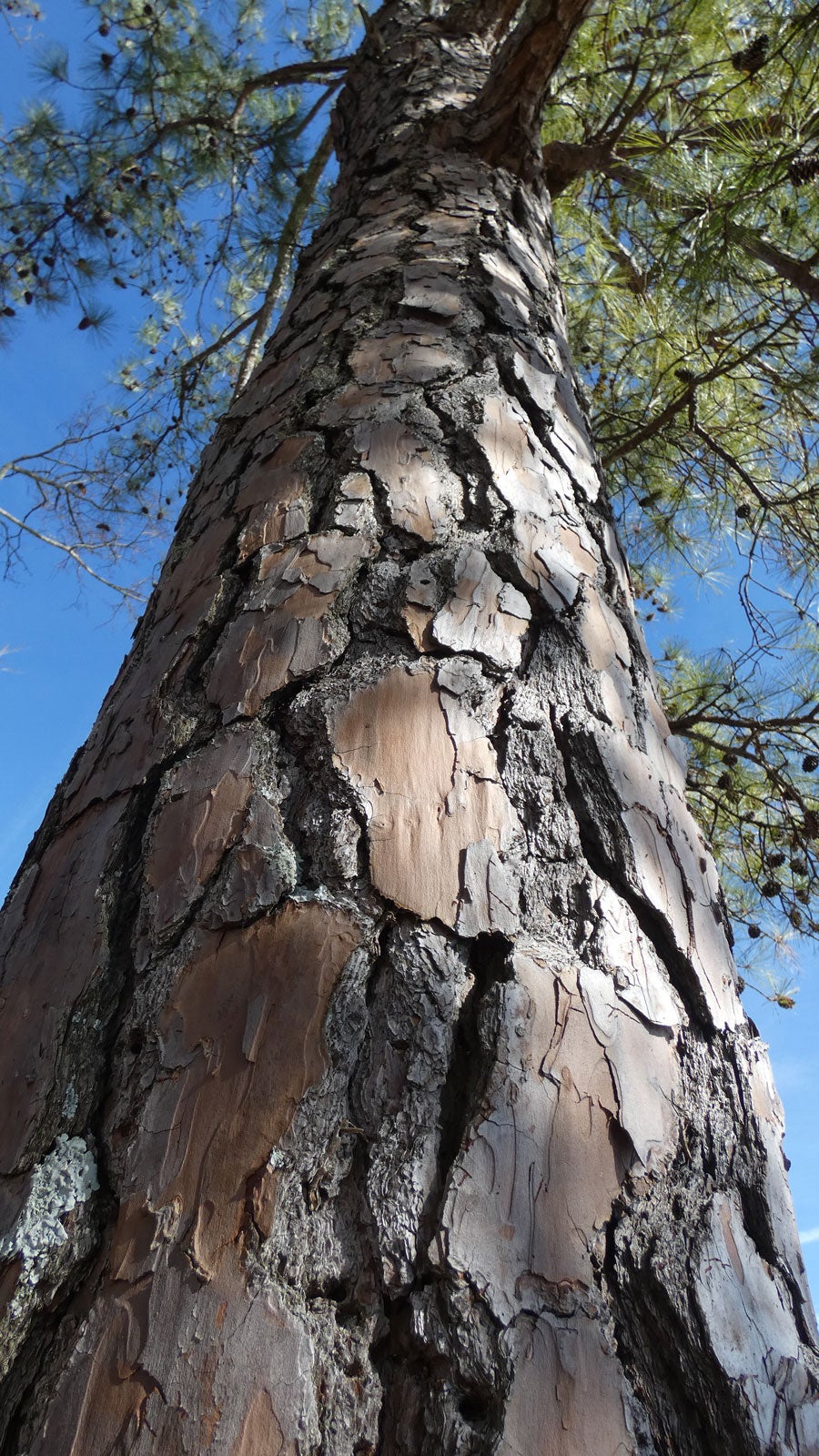Loblolly Pine Tree Care: Loblolly Pine Tree Facts And Growing Tips


If you are looking for a pine tree that grows fast with a straight trunk and attractive needles, the loblolly pine (Pinus taeda) may be your tree. It is a fast-growing pine and the most commercially significant in the southeastern United States. Many commercial timber enterprises select loblolly as the tree of choice, but growing loblolly pine trees is not exclusively a business endeavor. Once you learn some loblolly pine tree facts, you’ll see why homeowners also enjoy planting these easy and beautiful evergreens. These pines are not difficult to grow. Read on for tips on growing loblolly pine trees.
What are Loblolly Pine Trees?
The loblolly pine is more than just a pretty face. It’s an important timber tree and a prime choice for wind and privacy screens. This pine is also important to wildlife, providing food and habitat. The loblolly’s native range runs across the American southeast. Its straight trunk can soar to 100 feet (31 m.) or more in the wild, with a diameter up to 4 feet (2 m.). However, it usually stays considerably smaller in cultivation.
Loblolly Pine Tree Facts
The loblolly is a tall, attractive evergreen with yellow to dark green needles up to 10 inches (25 cm.) long. The columnar trunk of the loblolly is also very lovely, covered with reddish brown plates of bark. If you are thinking of growing loblolly pine trees, you’ll see that each loblolly produces both male and female cones. Both are initially yellow, but females turn green and then brown after pollination. You’ll have to wait about 18 months for a cone to mature to collect seeds. Identify mature cones by their brown color. Read on to learn about loblolly pine tree care.
Care of Loblolly Pine Tree
Loblolly pine tree care won’t take much of your time. The evergreen is an adaptable tree that grows on most sites and soils. It only fails to thrive when the soil is very wet and infertile. The loblolly will grow in shade, but it prefers direct sunlight and grows faster with sun. Growing loblolly pine trees is easier now than at any time, given the new, disease-resistance varieties. This makes care of loblolly pine tree a matter of proper planting and adequate irrigation.
Sign up for the Gardening Know How newsletter today and receive a free copy of our e-book "How to Grow Delicious Tomatoes".

Teo Spengler is a master gardener and a docent at the San Francisco Botanical Garden, where she hosts public tours. She has studied horticulture and written about nature, trees, plants, and gardening for more than two decades, following a career as an attorney and legal writer. Her extended family includes some 30 houseplants and hundreds of outdoor plants, including 250 trees, which are her main passion. Spengler currently splits her life between San Francisco and the French Basque Country, though she was raised in Alaska, giving her experience of gardening in a range of climates.